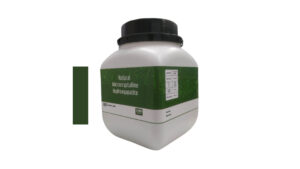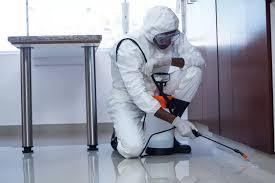Hazardous Area Monitoring: Best Explosion-Proof Cameras
When working in high-risk industrial environments, the line between safety and disaster is razor-thin. Whether it’s a chemical spill, a gas leak, or an unexpected spark, one misstep can trigger catastrophic consequences. In such critical zones, traditional security systems are simply not enough.
You need specialized technology that’s built to withstand the pressure—literally. That’s where Explosion-Proof Cameras come in. These rugged devices aren’t just surveillance tools—they’re frontline defenders designed to operate where other systems would fail.
Understanding Hazardous Zones
Industrial environments are classified into zones based on the presence and frequency of explosive atmospheres. For example, gases fall under Zones 0, 1, and 2, while dust hazards are categorized as Zones 20, 21, and 22. Equipment used in these areas must meet stringent international safety standards.
Explosion-proof cameras are engineered specifically for these zones. Housed in airtight, impact-resistant enclosures—typically stainless steel or specialized alloys—these cameras are designed to contain any internal ignition source and prevent it from triggering an external explosion.
Features That Matter
The effectiveness of any explosion-proof surveillance system depends on its ability to adapt to the harshest conditions. Here are the standout features:
- ATEX & IECEx Certified: These certifications confirm the camera’s suitability for use in explosive atmospheres, ensuring compliance with global safety regulations.
- Heavy-Duty Design: These cameras are waterproof, corrosion-resistant, and often rated IP66 or higher. They’re made to withstand extreme temperatures, shock, and vibration.
- High-Resolution Imaging: Full HD or even 4K video quality ensures that every detail is captured, even in low-light or fast-moving environments.
- PTZ (Pan-Tilt-Zoom) Functionality: These flexible cameras can be remotely controlled for full 360° surveillance, ideal for large facilities.
- Infrared Night Vision: For environments where visibility is limited, infrared LEDs allow for clear footage in total darkness.
- Remote Access Integration: Many models allow for real-time viewing and control from centralized control rooms or mobile devices.
Types of Explosion-Proof Cameras
Explosion-proof cameras come in several formats to meet the demands of different environments:
- Fixed Dome Cameras: These compact, protective units are great for monitoring small, specific areas with a consistent field of view.
- PTZ Cameras: Offering comprehensive area coverage with movement control and zoom functionality, these are perfect for larger industrial zones.
- Infrared Cameras: Designed for low-visibility conditions, these models provide crystal-clear footage even in complete darkness.
- Zoom Cameras: Built for detailed inspections, these cameras can zoom in on machinery or small components without losing clarity.
Real-World Applications
Explosion-Proof Cameras play a vital role across many high-risk industries, including:
- Oil and Gas: Monitor pipelines, storage tanks, and offshore rigs to detect leaks or unauthorized access.
- Chemical Plants: Provide 24/7 surveillance of sensitive production lines to ensure safety protocols are being followed.
- Pharmaceuticals: Maintain compliance and monitor sterile environments without risking contamination.
- Mining: Keep an eye on extraction zones, conveyor belts, and shaft entries to prevent accidents.
- Marine Vessels: Ensure safety in engine rooms, fuel storage areas, and cargo holds under extreme maritime conditions.
Why Invest in Explosion-Proof Cameras?
Here’s what makes these systems a smart and necessary investment:
- Safety First: They reduce the risk of fire or explosion caused by electrical sparks in volatile areas.
- Legal Compliance: They help businesses meet national and international safety regulations.
- Incident Prevention & Response: Real-time monitoring enables quick action in case of emergency, while stored footage supports investigations.
- Operational Oversight: These cameras provide continuous visibility, making it easier to optimize workflows and ensure accountability.
Final Thoughts
Hazardous environments demand more than just awareness—they require proactive, resilient safety solutions. From offshore rigs to chemical factories, having the right monitoring tools in place can make all the difference between a controlled operation and a catastrophic event.
If your facility operates in a high-risk zone, now is the time to strengthen your safety strategy with certified, rugged, and reliable Explosion-Proof Cameras—because in dangerous environments, there’s no room for compromise.
Protect your environment, secure your facility—explore explosion-proof cameras today.













